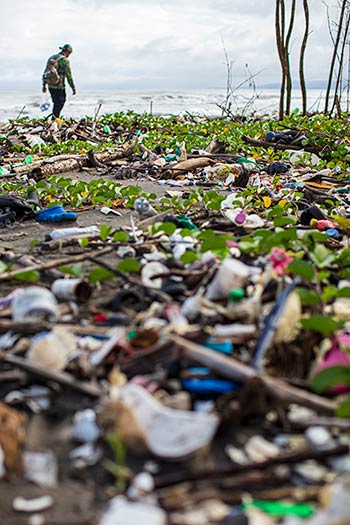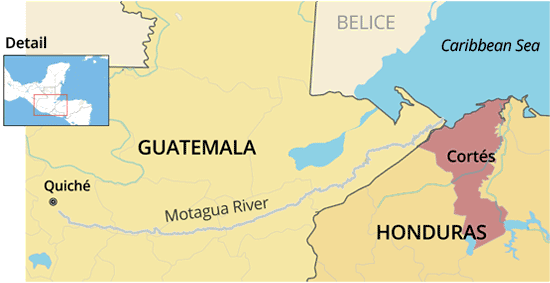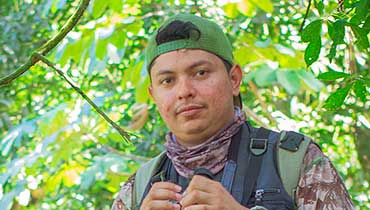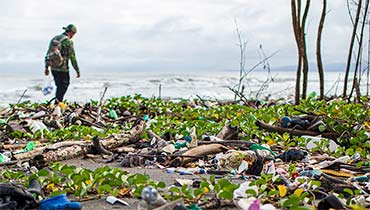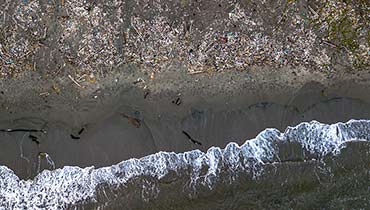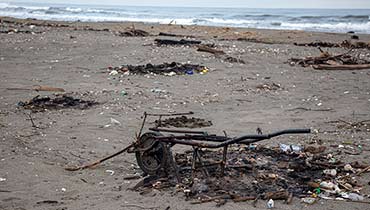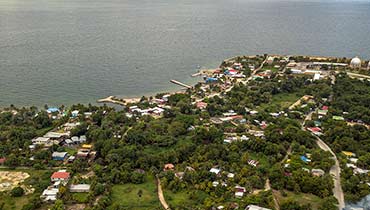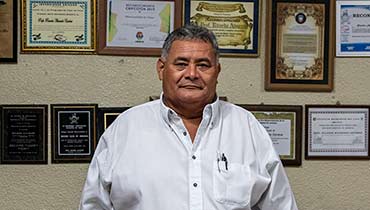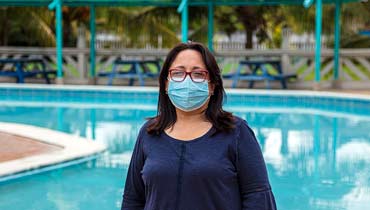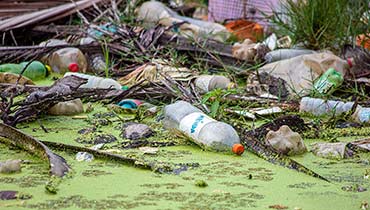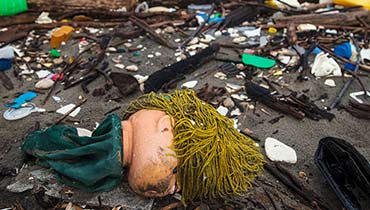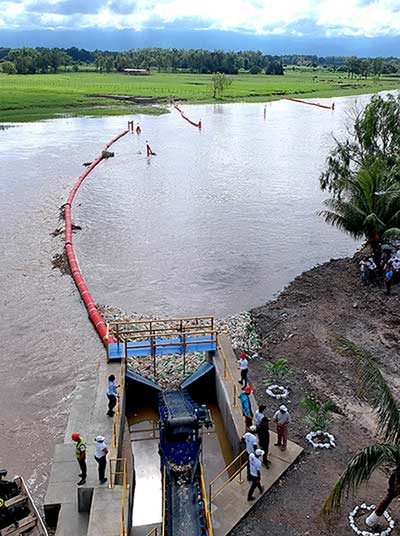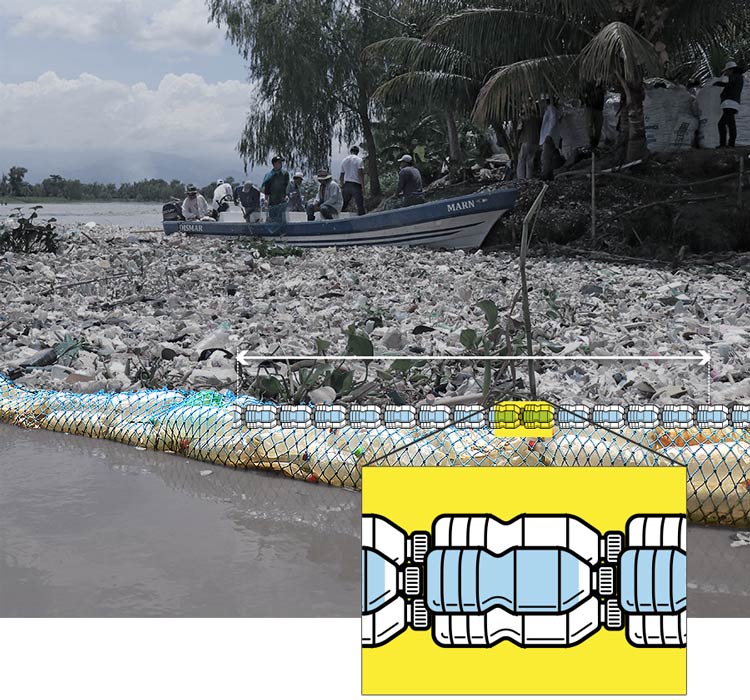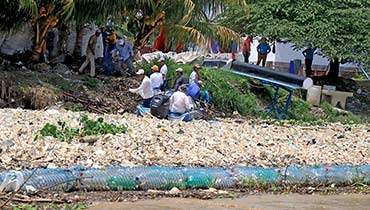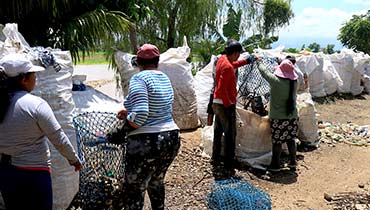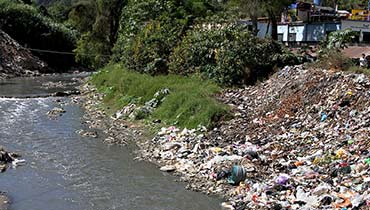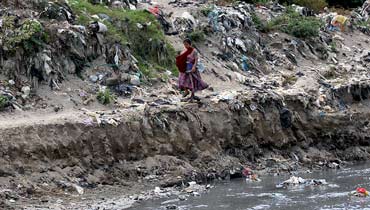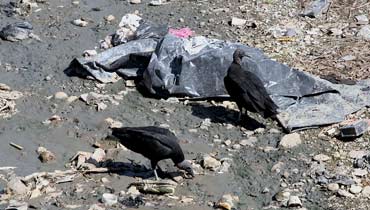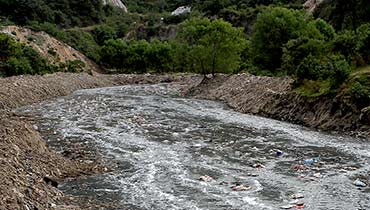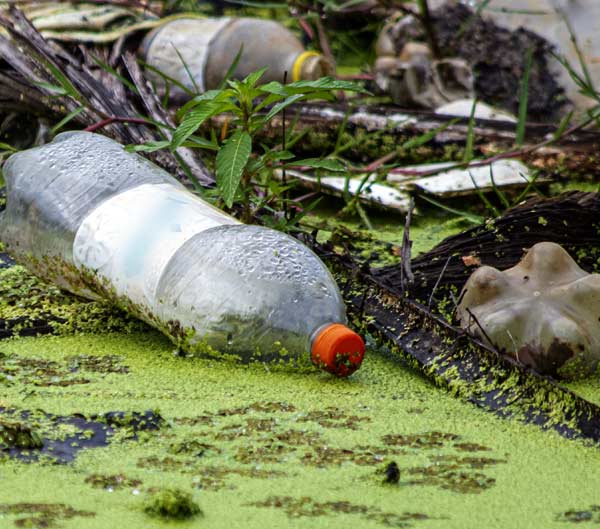Pollution in the Mesoamerican Reef
Mexico, Belize, Guatemala and Honduras share the Mesoamerican Barrier Reef System (MBRS), which extends for more than 600 miles along the Caribbean coasts of the four nations. It is the second largest coral reef in the world.
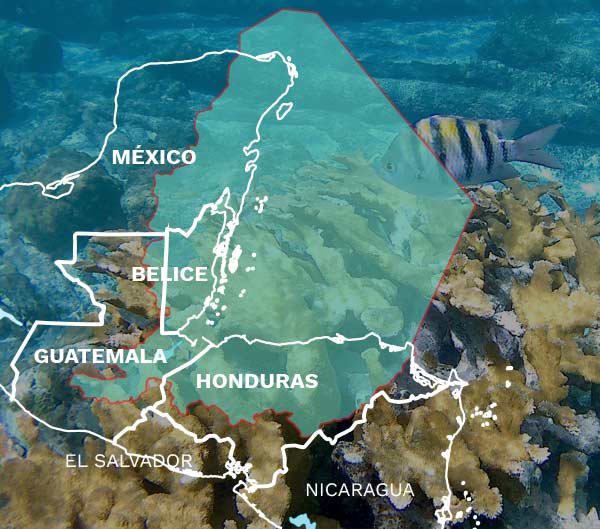
In 2020, the Healthy Reefs for Healthy People initiative analyzed 286 sites, of which 73 are in Honduras and 10 in Guatemala.
According to the report, the number of sites classified as “poor” increased from 37% (2018) to 46% (2020). In the same period, the number of “good” sites decreased from 13% to 8%. Guatemala and Honduras are the countries where the situation is most critical due to the loss of biomass of both commercial and herbivorous fish.
The trend has remained constant over the last five years and is manifested in coral bleaching, a disease that could be associated with excessive nutrients deposited in the waters of the Mesoamerican Caribbean (from untreated water and other organic and chemical waste).
The situation in the MBRS is so serious that, around the Yucatan Peninsula, the disease has already affected up to 98% of some coral species. "When we approach the loss of between 90% and 98% of a particular species, we could well speak of its definitive disappearance,” said Nallely Hernandez, co-creator of the "White Syndrome Action Plan in Mexican Caribbean Reefs.”
Although there is still no conclusive evidence that ocean pollution is the direct cause of this disease, it has been proven that poor water quality helps spread viruses and bacteria that are harmful to corals.
"Some reefs in the south of the Mexican state of Quintana Roo did not yet show (at the time of the study) signs of disease, perhaps because of their remoteness from the coast. This (however), reinforces the hypothesis of the relationship of sewage and pollution from the coast to the sea with the disease," Hernandez added.
For Ian Drysdale, Honduran biologist and coordinator of Healthy Reefs in Honduras, it is clear that changing consumption habits, as well as the active participation of the population, are key to reversing this situation. "We are the ones who elect the people who govern us, and if we continue making the same decisions, we will continue having the same problems."
Although the Motagua is not solely responsible for the discharge of wastewater into the Atlantic Ocean, it is undoubtedly part of this problem. "If as consumers we do not demand that brands change their production processes to sustainable ones that are in harmony with the environment, we are allowing our natural resources to die," said Drysdale.
Honduras analyzes international lawsuit against Guatemala
For more than a decade, Honduran businessmen and authorities have been analyzing an international lawsuit at the Inter-American Court of Human Rights (IACHR) against the government of Guatemala to compensate Honduras for the irreversible damage caused by the garbage that washes down the Motagua River.
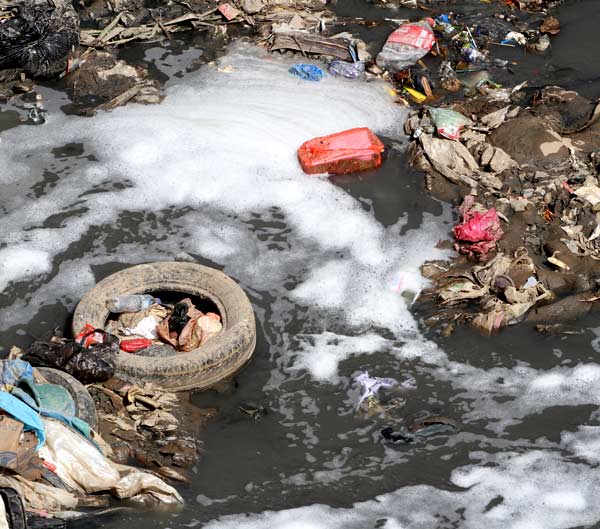
The governments of Honduras and Guatemala have been searching for years for a solution to the waste that floats downstream to the Honduran coast, but according to those affected, the presidents of both countries have done little more than make empty promises for more than a decade.
Maribel de Umaña, president of the Chamber of Commerce of Omoa (CCO), said the impact of this environmental problem makes her municipality look bad to tourists, since the garbage from Guatemala floats in the sea and creates a negative impression on the coast.
She explained that, in the absence of economic resources, the next step is for the Honduran government to sign agreements with the Guatemalan government to find a solution to the conflict.
She said the followup needed to address a claim is clear, and they are convinced that the governments must continue to move forward with dialogue. "The authorities are urged to seek a definitive solution.”
Likewise, de Umaña said the authorities and the affected population have done what is within their reach, such as talking about the problem with different media, which she considers to be what has worked so far to make the catastrophe visible.
"This is what we will continue to do since we have no more reach. The media will make noise and we will be heard, since filing a lawsuit is not overnight and it will be the governments who will put an end to the problem."
In 2020, the National Commissioner for Human Rights (CONADEH), said Honduras must "act fraternally, but firmly and promptly towards the achievement, with due diligence, of a definitive solution.”
Access to the Inter-American Court of Human Rights must be ensured so that it can rule in accordance with the norms of International Environmental Law and State obligations derived from International Human Rights Law, said de Umaña.
Pollution is an ecological and economic disaster for a population that lives from fishing and tourism, she said.
For their part, the mayors that are part of the Commonwealth of the Gulf of Honduras are warning of actions to proceed with an international lawsuit against the government of Guatemala. The mayor of Omoa, Ricardo Alvarado, confirmed that they have received advice from Costa Rican lawyers about the legal process.
Also, under the Free Trade Agreement between the Dominican Republic, Central America and the United States (DR-CAFTA), they were able to obtain a favorable response in 2021.
They sent a letter requesting that Guatemala fulfill environmental agreements and stop pollution, and warned that sanctions will be implemented for non-compliance with the signed treaties.
Is plastic pollution ending?

In March 2022, the United Nations "unanimously agreed to develop a legally binding treaty to end plastic pollution,” according to the official press release issued by the international organization.
The international treaty, titled "Ending Plastic Pollution: Toward a Legally Binding Instrument,” will be a legally binding instrument to regulate the production, consumption and disposal of plastic products, and will establish general guidelines for governments, companies and civil society to assume the responsibility "to eliminate plastic pollution in nature.”
This document will seek to integrate global efforts to address plastic pollution in marine and coastal environments, as well as to take science into consideration for the implementation of solutions for the design, consumption and management of plastic waste, without being harmful to nature.
To create the document, the United Nations Environment Assembly established an Intergovernmental Negotiating Committee, which "will develop the specific content of the new treaty, with the objective of completing its work by the end of 2024.”
